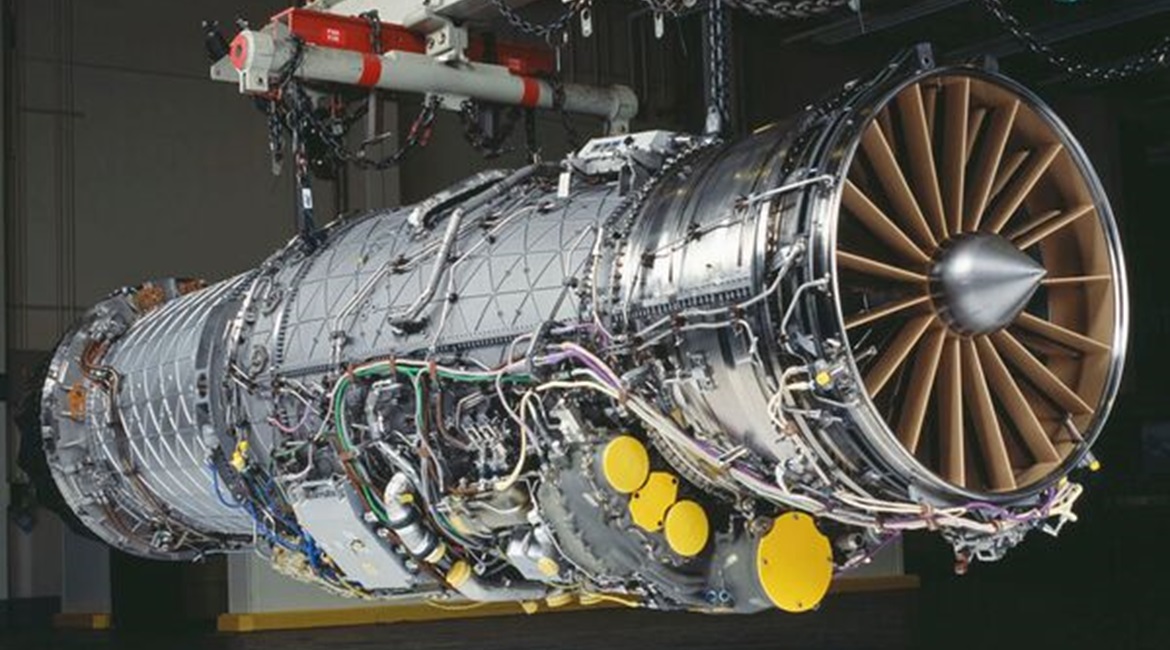
Creating an engine competition for the Lockheed Martin F-35 Lightning II Joint Strike Fighter (JSF) could help reduce propulsion system sustainment costs that are contributing to a higher aircraft cost per flying hour than originally anticipated.

Seen here is the Pratt & Whitney F135 engine for the F-35A. A former F-35 progamme official told Janes that competing a new engine for the programme could lower the engine's problematic sustainment costs. (Pratt & Whitney)
A former F-35 programme official, who was granted anonymity to speak freely, told Janes on 1 July that competing a new engine against the Pratt & Whitney F135-PW-100 turbofan would take 2–4 years to implement. However, this would be worth it because the threat of competition alone is enough to motivate contractors to improve performance.
“Competition is the purest way to motivate industry,” the former programme official said. “Money, bonuses, and incentives are all well and good, but the threat of losing business via competition supersedes all of it.”
An advanced engine being developed by the US Air Force (USAF) could be used in the F-35, providing potential competition to Pratt & Whitney. The USAF's Adaptive Engine Transition Program (AETP) is developing a turbofan engine that can change its internal geometry to dynamically adjust its bypass and fan pressure ratios.
This could increase an adaptive engine's thrust by 10% and improve its fuel efficiency by 25%, roughly translating into a 30% improvement in range for aircraft equipped with these engines.
Looking to read the full article?
Gain unlimited access to Janes news and more...






